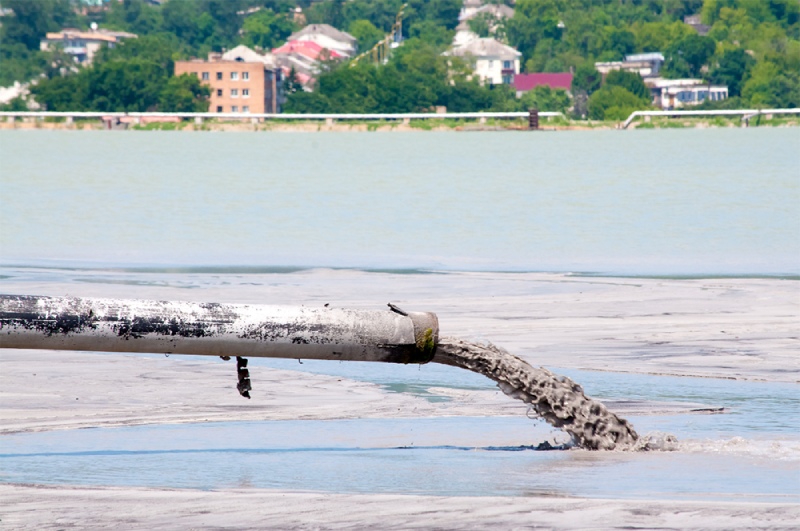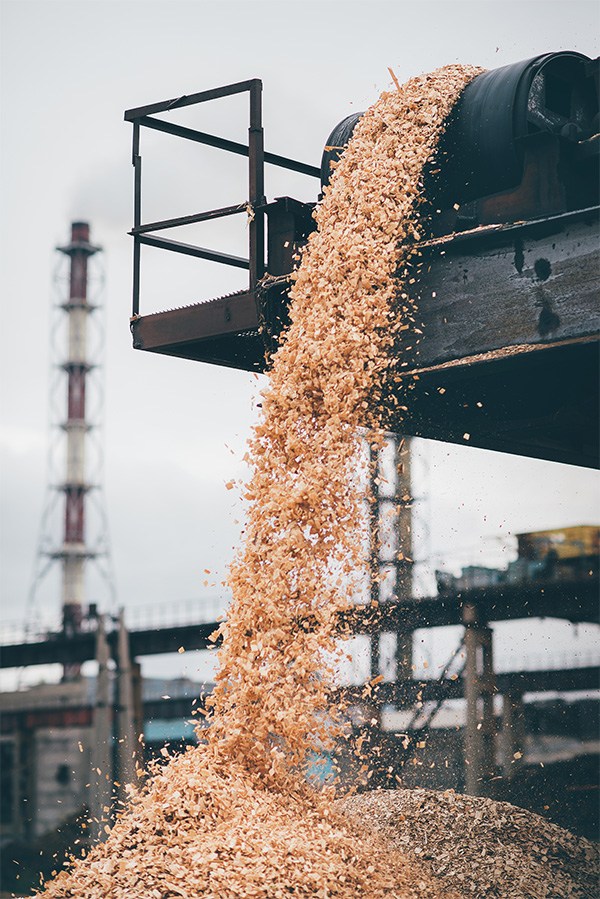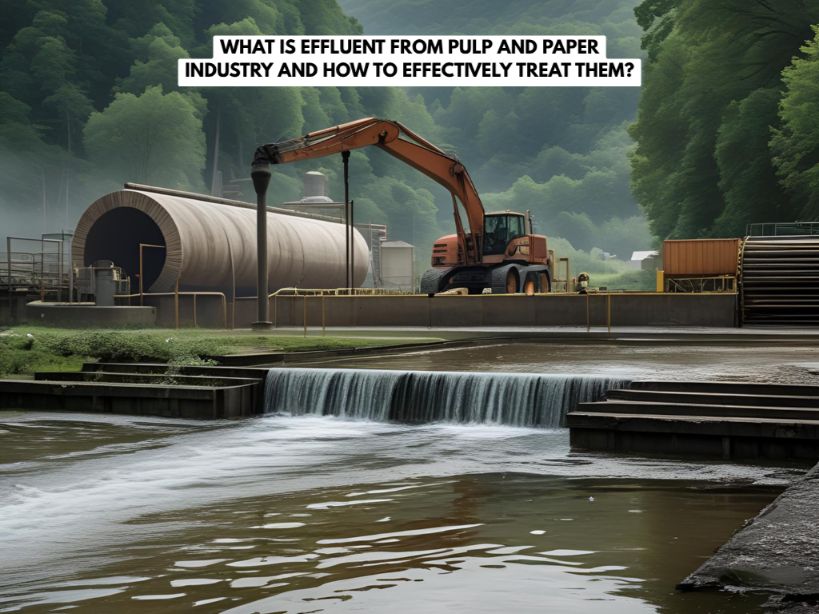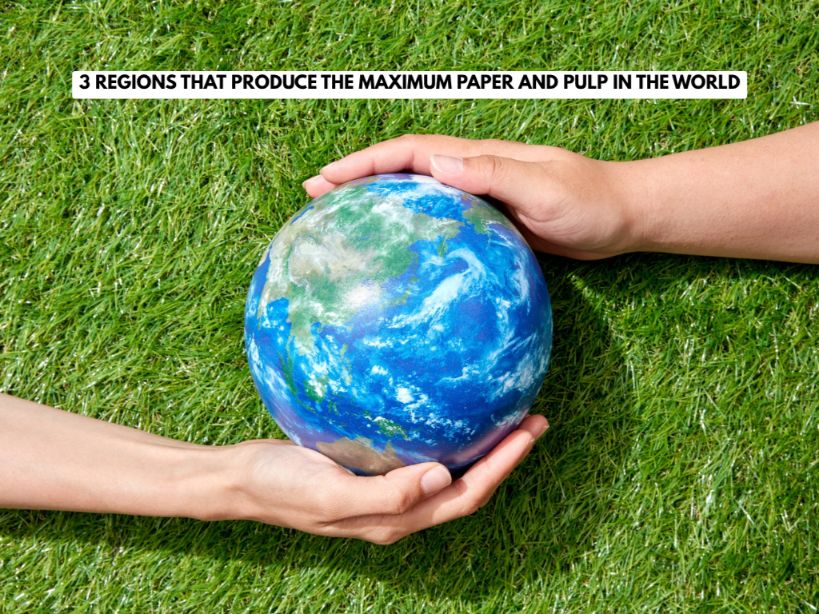What is Effluent from Pulp and Paper Industry and how to effectively treat them?

What is pulp and paper effluents and how to effectively treat them?
Effluent from Pulp and Paper Industry – Not only has industrialization raised the need for clean water, but it has also created difficulties with wastewater disposal, making water resources increasingly scarce. The global demand for paper has increased at a rate of 5% to 6% each year. Water serves as a digestion medium for raw resources, a transit medium for fibres, and a forming media for paper in the pulp and paper production process, and it becomes polluted throughout numerous stages. The sector consumes a lot of freshwater, which results in a lot of effluents.
Effluent from Pulp and Paper Industry
The effluent from pulp and paper industry, which include bleach and black liquor, is usually dumped into water bodies, posing major environmental issues. The quantity and pollutant load of generated effluent is determined by the various combinations of unit processes employed in the manufacturing process, as well as the sort of raw materials and chemicals utilised, the type of paper manufactured, and the extent of water recovery. Pollutants released by the paper industry have an impact on both aquatic and terrestrial ecosystems.
Many research investigations have found that exposure to effluent from paper and pulp industries causes liver disease, mixed-function oxygenase activity, physiological abnormalities, ventilatory stress, poisoning, and deadly consequences in a variety of fish species.
Paper Mill Effluents:
Pulping, particularly chemical pulping, produces high-strength effluent that comprises wood debris and soluble wood components, as well as organic material and suspended solids. Furthermore, the use of chlorine for pulp bleaching produces many harmful compounds since chlorine is utilized to brighten the pulp. Various woody components including lignin, carbohydrate, and petroleum by-products can be found in the wastewater created during the pulping process.

They are frequently hazardous to aquatic species, and many are genotoxic, with the ability to spread widely across the environment. Organic legends such as wood extractives, resins, colouring agents, tannins, lignin, and their breakdown products are responsible for the colour of paper mill wastewater. A considerable number of degraded organic and inorganic pollutants are present in the wastewater created during the papermaking process
Wastewater treatment types:
- Decolouration
Treatment of pulp and paper mill wastewater is required to decrease pollutants and meet environmental regulations. Organic legends are responsible for the colour of paper mill wastewater.
Low and high molecular weight chlorinated organic compounds created during wood boiling and traditional pulp bleaching contribute to the effluent’s colour and toxicity. High amounts of suspended particles and floating materials are also present in these wastewaters. As a result, sedimentation is used as the main treatment method, with the ability to remove up to 80% of colloidal matter from effluent.
- Flocculation and Chemical Coagulation
The coagulation technique includes adding a coagulant ingredient to the wastewater stream, such as alum, calcium, etc. It’s often used in industrial wastewater initial treatment.
- Chemical Remediation
Various writers have described the chemical precipitation of colouring matter and its subsequent disposal from paper mill wastewater using lime and iron and aluminium salts. The main advantage of chemical treatment is that it reduces COD and TSS levels to a large extent.
- Adsorption of Activated Carbon
Activated charcoal contains a micropore matrix that provides a greater surface area material, making it appropriate for adsorption since it can capture and store lower volatility chemicals. One of the most significant chemical absorbents is activated carbon. It has been shown to remove up to 90% of soluble and trace organics, as well as heavy metals and inorganics.
- Treatment using photocatalysis
Within 20 hours, photocatalytic treatments may remove the whole colour as well as most of the TOC, AOX, and COD from a severely contaminated effluent. Photocatalytic oxidation as a pre-treatment step improves the biodegradability of wastewater containing refractory or inhibitory substances and is a cost-effective substitute for a lengthy and energy-intensive complete pollutant mineralization.
- Biological Remediation
Microorganisms having ligninolytic characteristics, which can digest hazardous and resistant chemicals, are utilised in the biological treatment of pulp and paper mill effluents. Although being a safe and environmentally safe technique, enzymatic treatment has restricted commercial uses due to its high cost and extended retention time.
- Treatments at the tertiary level
Tertiary treatment processes like adsorption, advanced oxidation, and membrane filtering are used for physiologically resistant chemicals.
Learn more about the agricultural residue uses in paper production.


